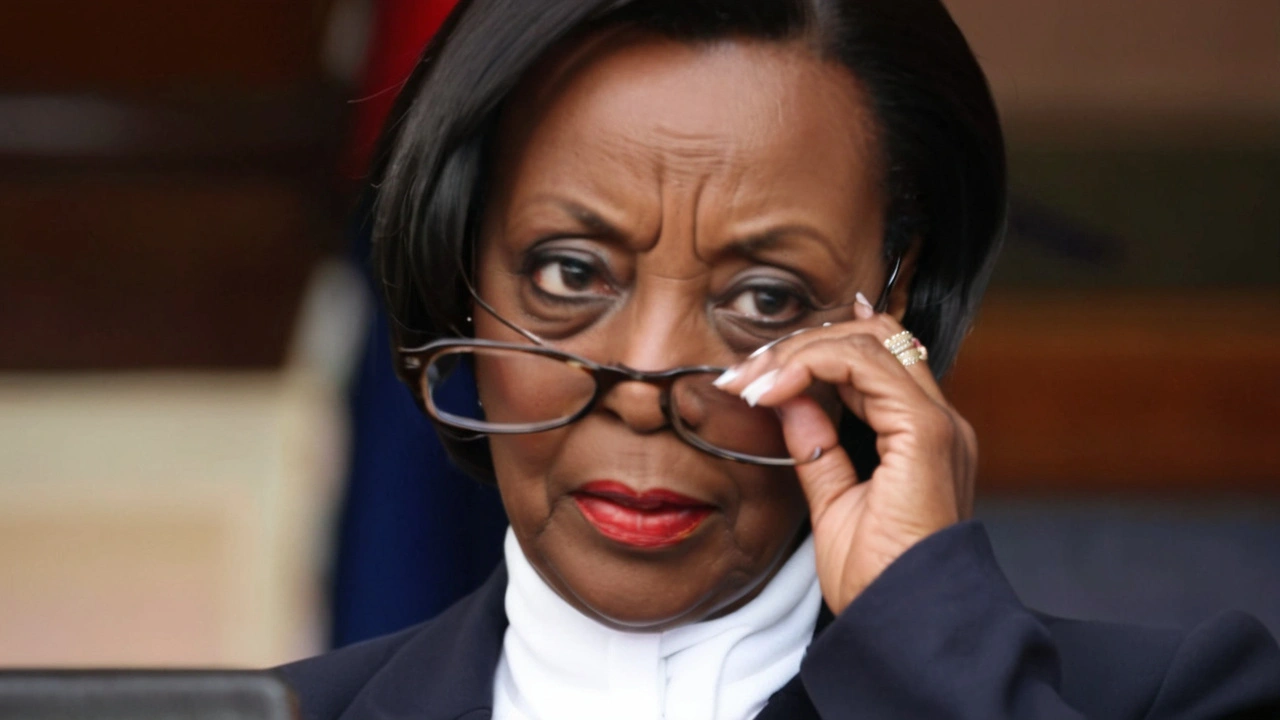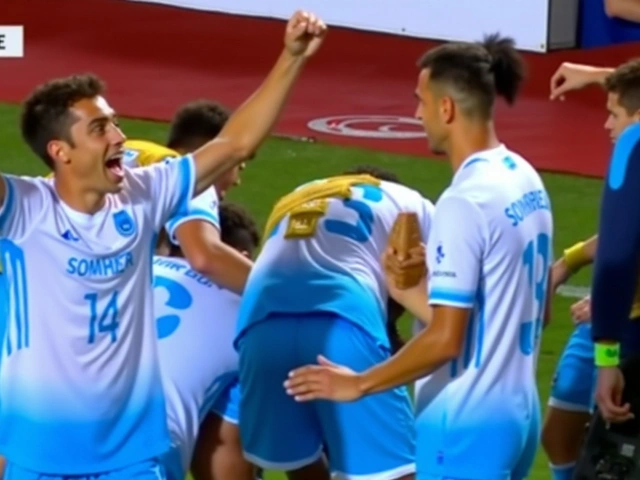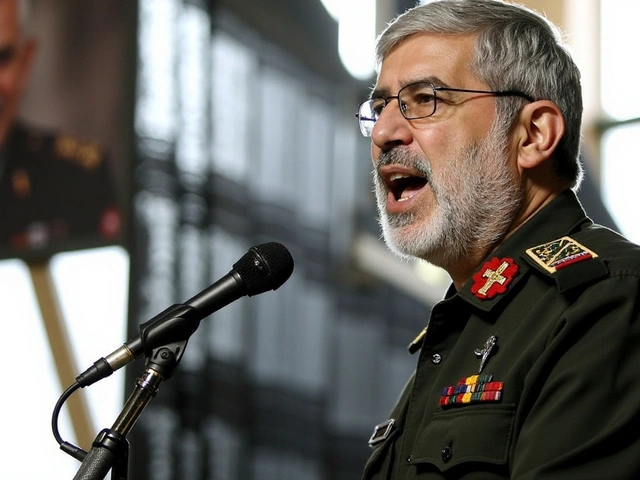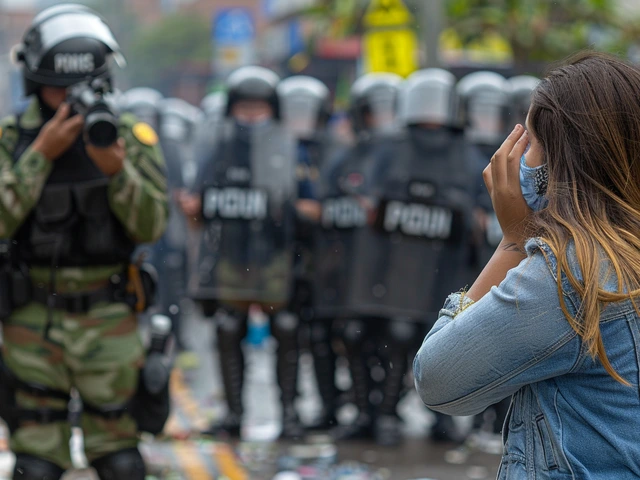Azimio la Umoja – Kenya’s Unity Coalition Explained
If you’ve heard the name Azimio la Umoja on the news lately, you probably wonder what it actually means. In plain terms, it’s a political coalition that brings together several opposition parties in Kenya under one banner. The goal is simple: present a united front against the ruling party and increase chances of winning elections.
How the coalition was born
The idea started forming after the 2017 election when opposition leaders realized splitting votes only helped the incumbents. By late 2021, former Prime Minister Raila Odinga, former President Mwai Kibaki’s party, and a handful of smaller groups signed an agreement to run together in 2022. They chose the Swahili phrase “Azimio la Umoja,” which translates to “Declaration of Unity.”
The coalition officially launched in December 2021 with a public ceremony in Nairobi. It wasn’t just about names on a ballot; they also agreed on shared policy priorities like land reform, anti‑corruption measures, and improving health services. This gave voters a clear picture of what the alliance stands for.
Key players and their roles
The most recognizable face is Raila Odinga, who serves as the coalition’s presidential candidate. Beside him are leaders like John Kiarie from the United Democratic Alliance (UDA) and James Ole Kiyiapi representing smaller regional parties. Each brings a distinct voter base, from urban professionals to rural farmers.
Beyond personalities, the coalition’s structure includes a coordination committee that decides on campaign strategy, fundraising, and candidate selection for parliamentary seats. This setup helps avoid internal squabbles that have plagued past alliances.
In terms of policy, Azimio la Umoja pushes for more transparent public procurement, lower taxes for small businesses, and increased investment in education. Their manifesto also calls for constitutional reforms to decentralize power to county governments.
During the 2022 general election, the coalition secured about 48% of the popular vote, falling just short of a majority but demonstrating significant influence. While they didn’t clinch the presidency, they won a substantial number of parliamentary seats, positioning themselves as a strong opposition bloc.
The post‑election period saw intense legal battles and protests. Azimio’s supporters organized peaceful rallies demanding fair recounts, while the coalition kept its message focused on “unity for progress.” This disciplined approach helped maintain credibility despite the heated political climate.
Looking ahead, the alliance is already planning for the 2027 elections. Early signs suggest they’re expanding membership to include emerging youth movements and tech‑savvy groups that can boost their online presence. The coalition’s social media teams are now more active, sharing short videos that explain policies in everyday language.
For Kenyan voters, Azimio la Umoja offers a clear alternative: a coalition that tries to bridge ethnic divides and focus on issues that affect ordinary people. Whether you support them or not, understanding their structure and goals can help you make an informed decision at the ballot box.
If you want to keep up with how this coalition evolves, Daily Africa Disko will track every major development—from policy announcements to campaign rallies—so you don’t miss a beat.

Martha Karua Exits Azimio la Umoja Coalition Amid Political Tension
Martha Karua, leader of the NARC-Kenya Party, has left the Azimio la Umoja coalition over political differences. Her exit follows President Ruto's appointment of officials from the Orange Democratic Movement. This decision signifies deeper rifts within the coalition, which is already struggling with internal conflicts.




